Does this color make you crave junk food?
It may in certain contexts, but not in others. Allow me to explain.
If you walk into a restaurant and see this, you may feel like indulging in some calories.
That’s what a team of researchers found. Their research, which was published in the Journal of Consumer Psychology this past November, discovered that the presence of red inside a restaurant drives consumers to buy unhealthy foods.
Think about a few fast food chains (or do a Google search) and you’ll notice that many of them follow this pattern—McDonald’s, Dairy Queen, Five Guys, Kentucky Fried Chicken, Burger King. They all have red interiors.
Why? What’s the deal with red?
According to the study, it starts with past research showing how red influences our eating behaviors, but in the opposite direction. The presence of red around food, such as on plates and nutrition labels, can actually deter you from eating something unhealthy.
But, as the researchers wrote in the paper, context matters. When red is an ambient feature inside a restaurant—red chairs, red walls, red light fixtures, and red counters—it can have the reverse effect, driving you to indulge in unhealthy foods.
“The presence of ambient red (vs. blue, gray, or white) leads to greater preference for unhealthy (i.e., high calorie, high fat, and indulgent) food options because consumers draw on ambient factors to make inferences about products sold in a retail establishment and then choose contextually appropriate products.”
Contextually appropriate products. That’s the key part. As the paper explained, we associate red with unhealthy foods. So when we’re inside a place with red features, we’re programmed to match the context of our environment. Red equals unhealthy, so our brain says, better sync up with the ambiance and buy some greasy fries.
In the paper, researchers wrote about one lab study in which they asked college students to look at images of restaurants, imagine they were dining there, and pick something from a menu. When the restaurant in the photo had a red wall, a higher proportion of participants chose unhealthy options.
What happened when a school cafeteria turned red.
It gets even more interesting in another experiment they conducted in an elementary school cafeteria. On two random days, the researchers hung red wallpaper in “highly visible” areas of the dining hall. Then they analyzed cafeteria sales data, looking at the calorie and fat content of the foods purchased.
Sure enough, red pushed the children to make more unhealthy choices. Students purchased more calories and fat content on the red wallpaper days.
“Thus, restaurants aiming to sell primarily healthy foods should avoid using red in the ambiance,” researchers wrote, “while restaurants wanting to promote sales of unhealthy options (e.g., KFC and McDonald’s) can benefit from red in the ambiance.”
This rule tracks with restaurants branded as healthier, like Panera Bread and Chipotle. Red is much less present in those places.
Walls and furniture can influence you.
The key lesson for you is that everything you encounter as a consumer matters. The shapes, sounds, smells, and colors you come across can somehow influence your decisions.
As the researchers pointed out, gold props make us think a restaurant is fancy. We assume dim lighting means a restaurant provides an intimate setting. And “…a restaurant with rock walls and angular wooden furniture is more likely to serve organic food than a restaurant with rounded red tables, bright yellow walls, and metallic décor.”
The next time you dine out, look around. What colors do you see? The restaurant may be trying to influence your choices.
Thanks for reading.
Eric

